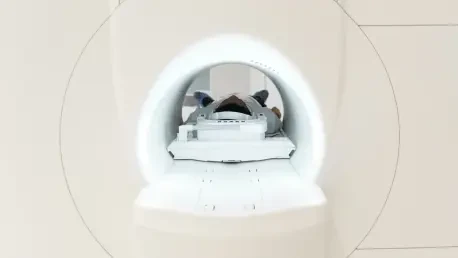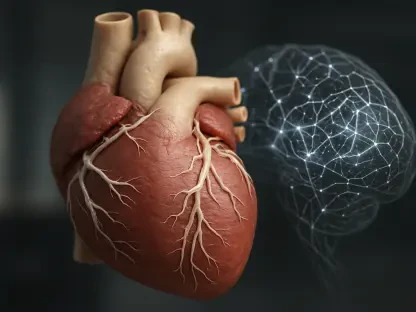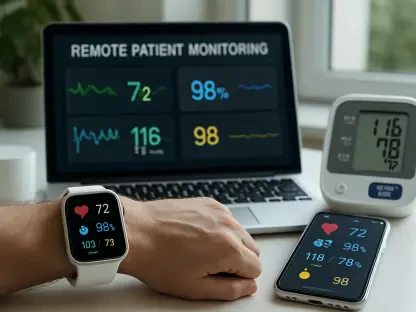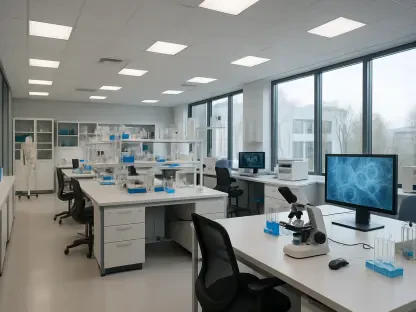In recent years, the safety of magnetic resonance imaging (MRI) machines has been closely scrutinized following high-profile incidents. An especially tragic case unfolded in Long Island, New York, when a 61-year-old man named Keith McAllister lost his life due to an MRI-related accident. As he entered the room to assist his wife, who had just completed an MRI scan, McAllister’s metal chain necklace was forcefully attracted by the machine’s powerful magnetic field. This unfortunate event led to a fatal heart attack triggered by the intense physical trauma he sustained. The incident serves as a grim reminder of the potential dangers present in medical environments, particularly when safety protocols are not meticulously observed. While hospitals are primarily viewed as places of healing, they can harbor significant risks if established protocols are overlooked or violated.
The Magnetic Field’s Unyielding Force
MRI machines are integral to modern diagnostic medicine, providing precise images of tissues and organs without radiation. However, the strength of their magnetic fields poses inherent risks that require rigid safety measures. In emergency cases such as McAllister’s, the attraction of metal objects to the MRI magnet can lead to catastrophic outcomes, underscoring the machine’s power. Protocols dictate comprehensive safety briefings and checks before any MRI procedure, warning patients and bystanders of the dangers posed by metallic items. Despite these precautions, incidents occur, often due to lack of awareness or deviation from standard practices. The implications of such incidents are profound, exposing vulnerabilities in how medical facilities manage MRI environments. This tragic occurrence emphasized the importance of rigorous adherence to safety standards to ensure the well-being of both patients and medical personnel.
The Imperative of Safety Protocols
The tragic accident on Long Island has sparked renewed talks about improving safety measures in MRI settings. It’s essential for hospitals and medical centers to underscore the vital importance of strict safety protocols to avert such unfortunate events. Ongoing education and training for medical staff are crucial, alongside transparent communication of potential risks to patients. This education helps maintain a secure environment. Adopting advanced safety technologies, such as metal detectors or enhanced patient screening methods, could further reduce the risks of accidental violations. The duty doesn’t rest solely on medical staff; it extends to hospital management, policymakers, and technology innovators to work together in formulating safer MRI procedures. Reflecting on McAllister’s untimely demise, we realize that although MRI technology revolutionizes diagnostics, ongoing efforts are necessary to enhance safety measures. Ultimately, a focus on robust protocol management is vital to protect against possible dangers in sophisticated medical settings.









